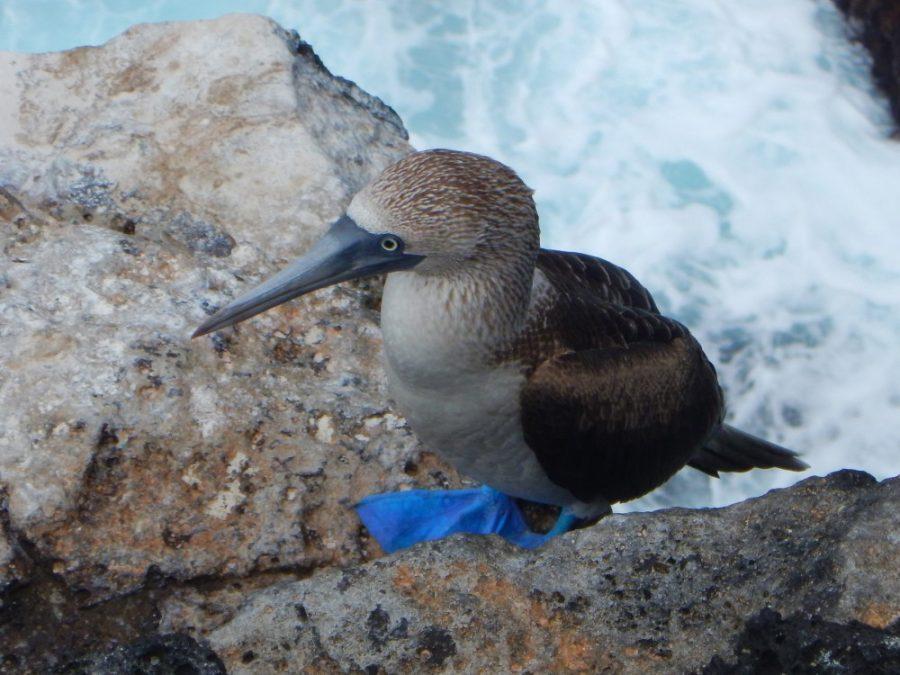If you think your sex life is crazy, think again. From fantastic feathered tails, to intricate dances to brute displays of strength, many animal species have mating behaviors that put cheesy pickup lines to shame.
Love slugs
The slimy creatures crawling through your garden may not be as innocent as you think. As you are casually planting your tomatoes, certain species of slugs and snails are shooting each other with so-called “love darts.”
Terrestrial pulmonate snails are hermaphroditic, meaning that an individual can produce both egg cells and sperm cells. Of this group of hermaphroditic snails, several species engage in courtship behavior that involves stabbing a dart into the flesh of potential mates. This dart, made of calcium carbonate, is produced by a species-specific reproductive organ.
The mating ritual commences when two snails begin circling each other, rubbing each other’s tentacles, lips and genital pores. After several hours, the snails’ blood pressures increase to critical levels. This increase in pressure causes one snail to fire a dart into the body of the other. The dart is covered in protein-rich mucus and becomes embedded in the body of the second snail.
Researchers said that “love dart” penetration enhances sperm viability in terrestrial pulmonate snails. Snails that successfully shoot “love darts” during their mating rituals tend to have more offspring than snails that do not.
Excited echidnas
Being one of only two mammalian species capable of laying eggs, echidnas are unique in more ways than one. In addition to their spiny exteriors and beaked noses, echidnas have penises with four heads.
A male echidna uses only two of its four penis heads during mating, while the second pair remains inactive. The two active heads produce semen, which enters the female’s complementary reproductive system.
The next time it has sex, the male echidna uses the other two heads.
Flirtatious feet
Travel to Darwin’s old stomping grounds (the Galapagos Islands) and you’ll encounter the blue-footed booby, a species of bird whose feet are as blue as the ocean surrounding its habitat.
The blue-footed booby’s turquoise toes indicate health and fitness. In fact, a bird with bright, blue feet is likely to be stronger and more nourished than one with dull, pale feet.
While you may take your partner’s Nike shoes for granted, blue-footed boobies use foot color to choose their mates. Selecting partners with bold, bright feet gives individual birds a better chance of mating with healthy individuals, making them more likely to produce successful offspring.
To court females, male boobies perform an intricate dance, during which they present their feet to their potential partner.
Till death do us part
Would you die for your significant other? If you’re a male honeybee, you don’t have a choice.
During mating, a male drone bee ejaculates into the queen bee through his endophallus. An endophallus is an internal mating organ. As the bee flies away, his endophallus tears away and his abdomen explodes.
As a result of this abdominal damage, most male honeybees die after they finish mating.
Perhaps the techniques employed by these eclectic animals will prove useful next time you ask your crush out on a date.
Follow Lizzie Hannah on Twitter.









